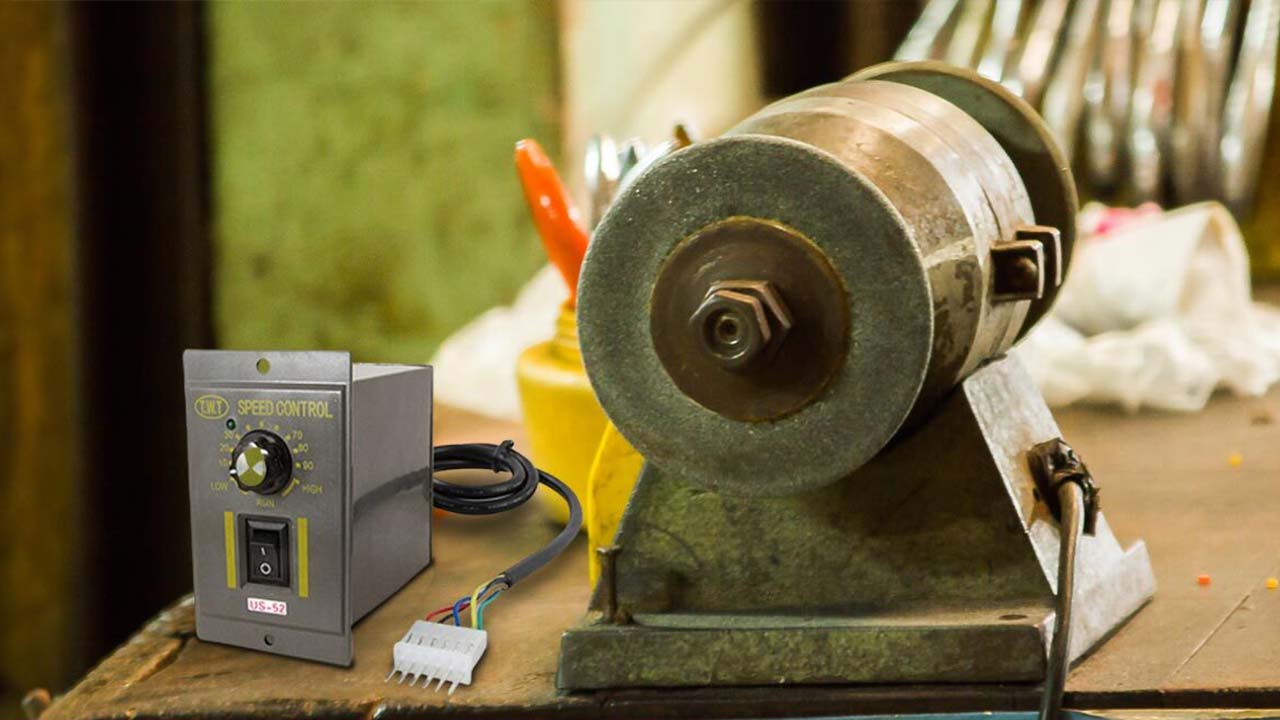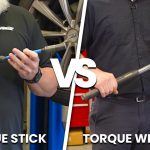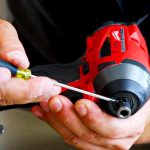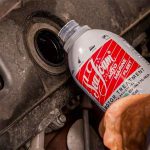When it comes to tackling a variety of tasks like deburring, grinding, paint removal, cleaning, and blade sharpening, a bench grinder is a valuable tool that can revive old and worn-down knives, tools, and bits. With its versatile capabilities, it saves both time and money.
While some of the latest and more expensive bench grinders offer the convenience of variable speed settings, what about those who own older models?
Will Speed Control Work on Bench Grinder?
The short answer is – “No, speed control will not work on a bench grinder. Speed controls don’t work with the bench grinder’s induction motor.”
What is the speed of a bench grinder?
A bench grinder is a tool that rotates grindstones to shape metal and effectively sharpen dull tools. The majority of bench grinders operate at approximately 3,450 rpm, although variable-speed grinders are becoming more common nowadays.
A high-speed grinder can adequately meet your needs if you exercise caution and maintain a well-dressed wheel. However, when it comes to sharpening blades, opting for a low-speed grinder running at 1,750 rpm is a superior choice. The lower speed significantly reduces the risk of overheating the tool’s cutting edge.
Why Don’t Speed Control Work on Bench Grinder?
Speed controls are designed to work with universal motors that have brushes. And most bench grinders use induction motors. Unlike universal motors, single-phase induction motors found in bench grinders incorporate a centrifugal switch, meaning attempting to slow down the motor can result in severe damage. Special speed controllers for induction motors do exist, but they are costly and mainly used in industries. However, If your grinder has a separate motor for the grinding head, you can adjust the speed by changing the pulleys.
How do I make my bench grinder run slower?
Why use a slow-speed grinder? One might ask. Well, a slow-speed grinder is perfect for sharpening tools as it minimizes the heat that can quickly damage the edges, unlike high-speed 3450 RPM grinders. There are several methods available to slow down the speed of your bench grinder, each with its own considerations. Let’s explore these methods:
Router Speed Control
For bench grinder motors with a power rating under 1HP, using a router speed control can help regulate the speed. However, it is worth noting that this setup may result in an inconsistent rhythm and jerky speed variations.
Fitting a Belt Pulley
Another option is to replace the grinding wheel with a belt pulley. By attaching a V belt to a secondary shaft with a larger pulley wheel, you can achieve a slower speed. The gear ratio is determined by the ratio of the diameters between the small and large pulley wheels.
Using a Variable Frequency Drive (VFD)
Using a VFD allows for more precise speed control without altering the voltage or amperage. By changing the frequency of the motor, a VFD converts the grinder into a variable speed motor. However, it is important to note that slowing down the grinder with a VFD may also reduce the motor’s torque, making it more susceptible to stalling. While VFDs have become more affordable, they may still be relatively expensive for a low-end bench grinder. Nevertheless, this method is considered the safest and most reliable for speed control.
Reducing Wheel Size
Generally, smaller grinding wheel sizes result in slower grinder speeds. As the wheel wears down, the speed naturally decreases. Additionally, thicker grinding wheels last longer but generate more friction and heat due to increased cutting time. One potential drawback of thicker wheels is the possibility of discoloration on the workpiece.
When considering these methods, it is important to assess their compatibility with your specific bench grinder model, motor power, and desired speed range. Additionally, be aware of the potential trade-offs such as inconsistent speed, reduced torque, or effects on the workpiece.
What is the difference between high-speed and low-speed grinders?
High-speed grinders are known for their premium performance and are typically priced higher. They boast flat burr sets and more powerful motors. The flat burrs provide a more consistent grind with greater surface area, while the higher RPMs allow for faster grinding, reducing heat transfer and the effects of friction. Additionally, high-speed grinders often employ direct drive systems, resulting in quieter operation and fewer gear-related issues.
On the other hand, Low-speed grinders are characterized by their lower RPMs, often achieved through gear reduction and smaller motors. They typically feature conical-shaped, smaller burrs. These grinders tend to generate less heat buildup but may have a higher chance of static buildup. While they may not offer ideal consistency for espresso machines, they work well with pressurized baskets and brew methods like French press and drip.










Leave a Comment